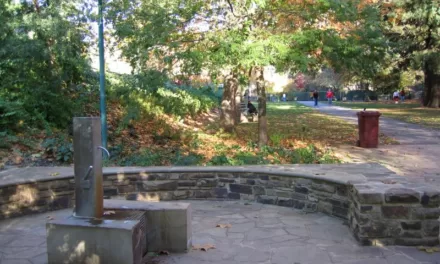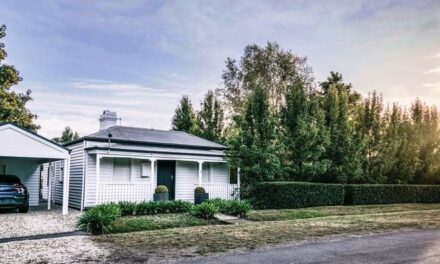Hepburn Shire is growing and housing has become and issue. Nearly 17,000 people live in Hepburn Shire in 9400 houses, 2000 of which are unoccupied. The population has grown by around 8 percent in five years. And there are over a million visitors a year.
Pressure on the availability of housing means rents have gone up by 50 percent in the last 10 years and it’s hard to find a rental property. Locally the price of houses and land have skyrocketed. As a result around 250 people are houseless and many more are in housing stress.
This means it is hard for key local employers in health, hospitality, social services and tourism to attract people to work and live in Daylesford and Hepburn Springs. At the same time local demand for these jobs is increasing.
In part the problem is caused by perverse tax incentives for negative gearing and capital gains tax that encourages investment properties rather than owner occupied housing plus local restrictions on the availability of land in Daylesford and Hepburn Springs because of the town boundaries. Add to that the limited appetite for medium density housing and the large number of holiday and short term rental houses with around 10 percent of all houses in the Shire are on the short term rental market.
“A lack of affordable housing affects the whole community. It’s not only people on lower incomes who are adversely impacted, but also people in key jobs that we need to support our services and local businesses, such as workers in hospitality, tourism, agriculture, health care and more,” said Mayor Brian Hood.
In response, the Hepburn Shire Council has adopted ‘A Home in Hepburn Shire’ – an affordable housing strategy and action plan, which outlines what Council will do to help meet the many challenges of affordable housing needs in the Shire.
Council will establish a Housing Working Group to guide implementation of the strategy and action plan. Among the options to investigate will be efforts to encourage property owners to provide long-term affordable rental accommodation rather than short-term holiday leasing, consideration of co-operatives to build and manage housing, and exploration of options for affordable retirement living options or public private partnerships.
However, Council only has limited options and most of the levers that affect housing are with the Commonwealth and State Governments. Not surprisingly the local strategy is short on immediate concrete actions and targets and long on advocacy to the Victorian and Commonwealth Governments.
That said, the Victorian Government has released a housing statement that outlines a range of measures to build around 80,000 dwellings per year. The policy includes a raft of proposals including streamlined planning, improved infrastructure, protection for renters, increased supply of land and more social and affordable housing.
The Victorian housing strategy will have an impact locally, particularly with the introduction of a tax on short stay accommodation to partly pay for social and affordable housing. Local government planning powers are also likely to be reduced. On the positive side the government has proposed a regional worker accommodation fund.
Council will now have to consider how its policy is affected by the Victorian Governments announcements.











